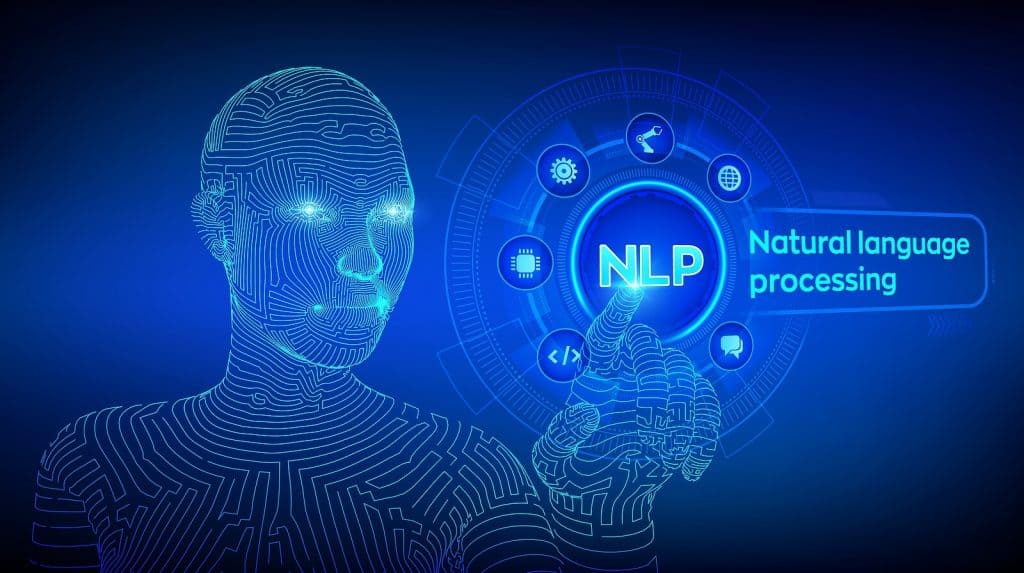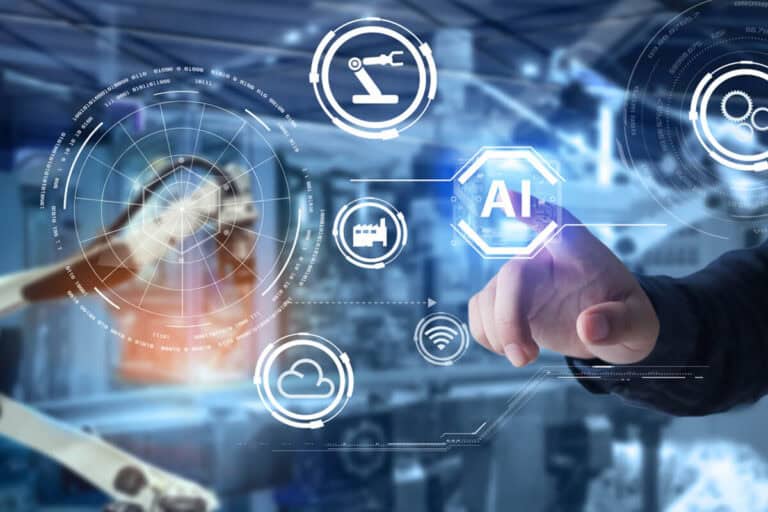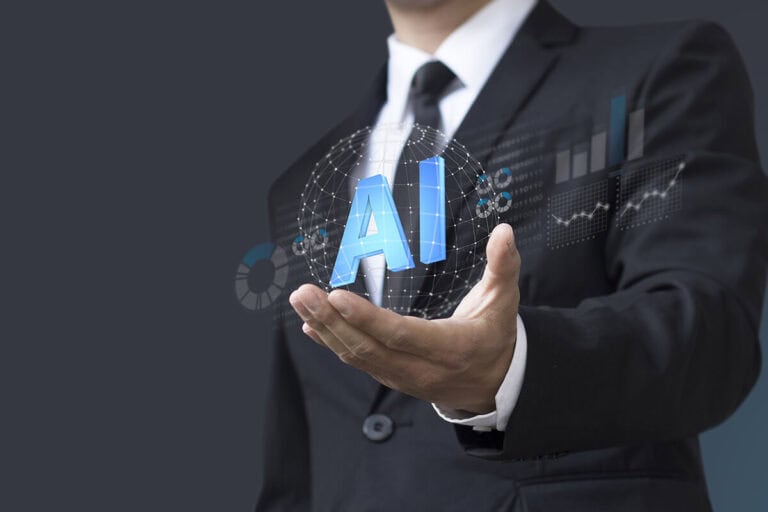Machine learning is a hot topic in the world of technology. It is the development and use of computer systems that can learn and adapt without needing to follow explicit instructions. Instead, these systems use statistical models and algorithms to analyze and draw inferences from data patterns.
Table of Contents
ToggleThis means that computers and other devices are becoming much more human-like. They can now read and interpret messages just like we can! But what does the future of machine learning hold? How is this technology going to impact our day-to-day reality? Read on to discover everything you need to know.
Natural Language Processing (NLP)
To understand how machines are learning to read, you should understand Natural Language Processing, otherwise shortened as NLP. You can read this guide to Natural Language Processing for a more in-depth understanding.
NLP is a branch of Artificial Intelligence (AI) that aims to give computer systems and machines the ability to read, understand, and infer human language.
This includes many repetitive yet cognitive tasks, for example, checking spellings, machine translation, and detecting sentiment. With NLP, computers can apply linguistic definitions to text or speech with great accuracy.
The barriers to overcome with NLP
What makes NLP so challenging is the fact that there is a degree of ambiguity when it comes to the human language. For example, we have words with double meanings, known as homonyms. Here are some examples:
- Project – When used as a noun, a project is a piece of work or task. However, it also has several different meanings when used as a verb. It can mean to cast an image on a surface, throw something, or plan.
- Minute – A minute is a time measurement, yet it can also be used to describe something very small.
- Desert – You have the dry, barren area of land type desert, but you also have the phrase used in the context of abandoning a person or cause.
- Compact – This means small as an adjective. As a verb, it means to make something smaller, and as a noun, it is a makeup case.
- Bat – This could be a baseball bat or the winged, animal type of bat!
This is what makes Natural Language Processing such a big challenge in the real world. Because of the anomaly of our linguistic styles being so dissimilar and similar at the same time, it is difficult for computers to understand such tasks. They typically attempt to understand the meaning of every word as an individual instead of as a phrase or a sentence as a whole.
However, NLP is helping devices to be able to distinguish and accurately manage the meaning behind paragraphs, sentences, and words. This enables us to do a number of automated business processes, from speech recognition to automatic translations.
How machines are learning to read
Now that you know what NLP is, let’s take a look at how it actually works. How are computers able to read?
NLP is not one static methodology. Manipulating language is a process that demands us to utilize several different technologies, putting them all together so that more layers of information are added.
When you start out with NLP, it is vital to know about some of the different language processing concepts. You probably will not be shocked to learn that NLP utilizes the same techniques we know from linguistics.
The four steps that are typically part of language processing are as follows:
- Morphology – This relates to how words are formed and their relationship to other words.
- Syntax – This term describes how words are put together in a sentence.
- Semantics – This describes how lexical meaning and grammar reveal a word’s meaning.
- Pragmatics – This refers to the meaning of the words in relation to the context.
As you can see, every step adds another layer of contextual understanding of the words.
Current popular uses of NLP and machine learning
NLP is not some far-away concept, and we are already seeing it being used effectively by businesses worldwide today.
Customer support and feedback is one of the main areas, with NLP using data from social media, product reviews, and surveys to get insights into your products. NLP can tag customer support tickets automatically, ensuring they go to the correct department and solving more straightforward queries via chatbots.
Other common uses of NLP include survey analytics, email filters, social media analysis, and fake news filters.
We are only scratching the surface of what NLP is capable of and expect to see some significant advancements in machine learning going forward.
What can we expect from the future of NLP and machine learning?
We must stress that the future of NLP is a bit unpredictable because technology is advancing rapidly. One thing we do know, though, is that it is quickly becoming a part of our daily lives, a trend that will not change.
With NLP technology evolving, we can be sure that machines are going to be able to understand humans more and more effectively, with many business sectors reaping the rewards of this.
A chief goal for companies today is to better understand the intent of their customers, NLP algorithms are proving to be highly valuable. They enable businesses to carry out sentiment analysis so they can gather vital insights from unstructured data. This can be used to enhance communication and boost overall performance.
In one study, it was revealed that the market opportunity for NLP is expected to reach $35.1 billion by the end of 2026.
So, there is undoubtedly massive scope in this area of technology, and here are some of the machine learning trends we expect to see soon:
The growth of multilingual NLP
Until now, we have mainly seen NLP focused on the English language. However, with businesses like Google and Facebook partnering with NLP solution providers to implement pre-trained multilingual NLP models, this gives us a hint of what is to come.
There are also progressions regarding zero-shot learning and multilingual embeddings, which have shown the way for AI development businesses to build multilingual NLP models.
Transfer learnings
Transfer learning is a technique used in machine learning whereby a model is trained for the chief task, and then it is repurposed for another similar task. Therefore, rather than needing to develop a new model and train it from scratch, an existing model can simply be revamped.
This is important when it comes to the efficiency of NLP and rolling it out for a wider audience.
Smart search
Another vital trend when it comes to the future of NLP is smart search. NLP systems will utilize object and image classification methods to assist users when they are looking for particular information or a certain object.
Rather than needing to type, users will be able to use voice commands when searching.
Extracting information from data that is not structured
NLP solutions are able to retrieve structured data from audio, videos, and texts from a number of different sources.
They will be able to assess the negative and positive sentiments of the data, as well as the word choice and voice so that they can gather analytics.
We will also see NLP move into the domain of gathering data from imperative documents, such as legal tenders, business reports, and medical reports.
Virtual assistants
There is no denying that one area where we are going to see a lot of progression in terms of NLP is virtual assistant services. We already see machine learning as part of virtual services. However, virtual assistants are going to become more advanced when it comes to an understanding real-time and complex language conversations and responding to them effectively.
We will see that virtual assistants can converse more like humans do, as well as perform tasks such as dictations, analyzing complex requests, and suggesting improvements in business dealings.
Our new reality: Machines are learning to read
So there you have it: an insight into Natural Language Processing and the impact that it is having. NLP enables machines to better understand the sentiment and true meaning of different phrases and sentences, making AI more powerful so businesses can leverage the benefit of automatic chatbots.
While this technology is not perfect, improvements are being made all of the time, and there is no denying that this is going to have a massive impact on the way we do business in the future.





